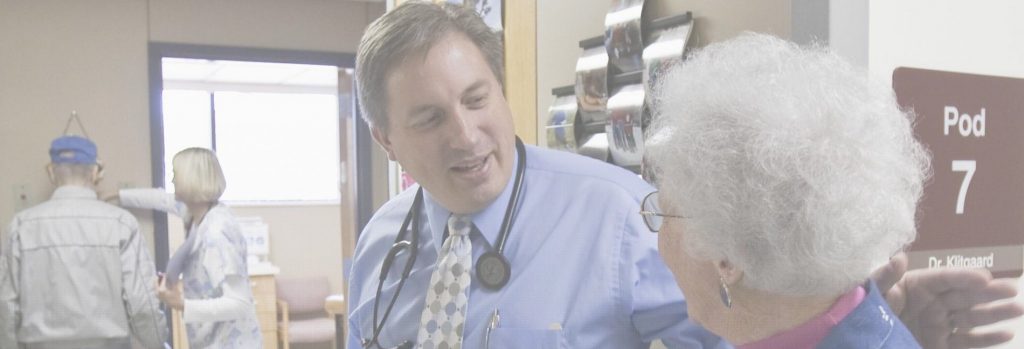Fall and fall prevention and is medication overdosage can be the result of a fall..
An Overview of Falls in the Elderly
Falls are one of the main concerns among the aging population. There are several risk factors, including drugs, in fall risks among seniors. Drug metabolism, efficacy and ADRs are different for older individuals, so monitoring all drugs is essential in preventing falls. Healthcare professionals must be aware that drugs are a potential cause of falls, and family members must realize that fall risk increases in nursing homes. Home health care reduces the risk; monitoring drug intake also decreases fall risks.
The statistics on falls is alarming. A third of people over age 65 fall at least once a year. Half fall more than once a year. Fall accidents in nursing homes increases to 50% per year. Falling is the leading cause of injury in older citizens, resulting in increased medical care. Many falls do not require medical attention, however, one-tenth require the attention of an emergency department. The most common fall injuries in the emergency room are fractures at 59%, superficial (bruising) at 20%, and head injuries at 8%. A third of emergency patients are admitted to the hospital. The United States sees nearly 600,000 elderly people hospitalized every year due to a fall.
Many people reported a decrease in quality of life after a fall, while others reported decreased mobility, decreased self-care, decline in normal activities, and anxiety or depression. These symptoms continued nearly a year after the incident. Negative health effects are closely tied to fear of falling. Seniors will reduce physical activity, reduce their social calendars, and fail to report medical issues, due to a fear of falling.
What Are the Risk Factors?
Over 20 risk factors for falls have been identified among the elderly. The risk factor categories are intrinsic (balance or vision impairment), and extrinsic (slippery flooring, external causes). Major risk factors are a history of falling, impairment in mobility, impairment in cognition, drugs, and age.
Drug Related Falls
The majority of people aged over 55 years are prescribed at least one drug, typically more. Over 20% take four or more drugs on a daily basis. Adverse drug reactions (ADR) often occur, even under the watchful eye of a physician. Two-thirds of hospitalizations linked to ADR occur in seniors over 60. OIder people hold a higher risk of an ADR due to polypharmacy, social settings, cognitive impairment, comorbidities, and physiological changes. The exact number of falls related to ADR is unknown because, unfortunately, falls are not recognized as an official ADR.
A number of drugs are commonly associated with increased fall risk. Among this list is cardiac, psychotropic, and analgesic drugs. Nine more drugs include: diuretics, antihypertensive, beta blockers, neuroleptics, sedatives, benzodiazepines, antidepressants, nonsteroidal anti-inflammatory, and narcotics. Antidepressants have the highest fall risk, with hypnotics and benzodiazepines following close behind.
Preventing Falls
All factors must be evaluated in a fall. Most falls have a number of different reasons, therefore, a multidisciplinary fall program is necessary. This means communication with doctors, geriatricians, caregivers, and home health care providers, to find all factors that contributed to the fall. Drugs are one of the easiest modifiable factors in a fall. A fall-prevention program, in conjunction with consistent drug monitoring, will help ease the amount of falls in the patient population.
Falls are the leading cause of injuries among older adults, aged 65 years and older. Furthermore, falls are an increasing public health problem because of aging populations worldwide due to an increase in the number of older adults, and an increase in life expectancy. Numerous studies have identified risk factors and investigated possible strategies to prevent (recurrent) falls in community-dwelling older people and those living in long-term care facilities. Several types of drugs have been associated with an increased fall risk. Since drugs are a modifiable risk factor, periodic drug review among older adults should be incorporated in a fall prevention programme.
At Vancouver Home Health Caring Agency, Caring and Compassion is our business.

